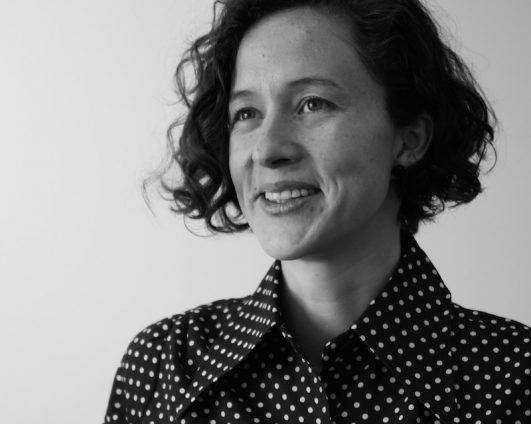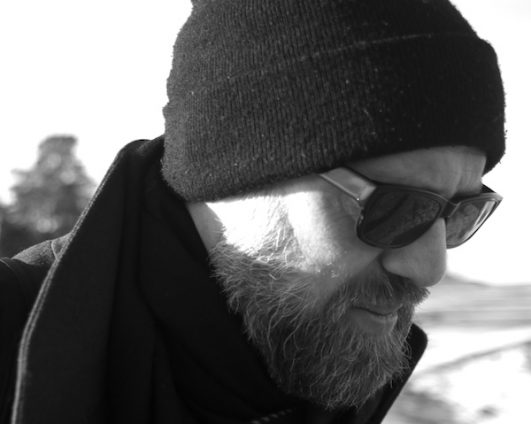Immersive Audioscapes
Julian Konczak – Tracing Transcendental Tone: work in progress
Andrea Diaz – How to create a story-world about Carlos & Alvin?
Duncan Speakman – It Must Have Been Dark by Then
Submission: Tracing Transcendental Tone: work in progress
Tracing Transcendental Tone is an immersive documentary that examines
the hidden and powerful effects of sacred sound. By following the centuries
old implementation of voice and instrument in religious ritual and healing,
the film demonstrates through interviews, documentation and visualisation
a journey through the historical roots of the use of tone.
The project draws on the primary knowledge of the maker in the sphere of
esoteric applications of sound and tone and being a accredited practitioner
in these areas: specifically the use of sound and toning in yoga practice,
the implementation of guided visualisation through nidra yoga and sound
healing techniques using idiophonic tools such as the gong and singing
bowls. The immersive aspect of the project makes use of the screens and
loudspeakers to attempt to replicate the effects of these techniques of tonal
healing within the digital media environment such that the work works as
both informative and experiential (i.e. ”storyworlds vs. storytelling”). This
translation and appropriation of tonal devices reflects some of the concerns
developed in media archaeological approaches to media.
The work uses four large screen projections within a cube and multipoint
surround sound – the full project for which funding is currently being sought
is for a full feature length presentation. Proof of concept can be viewed via
the link: https://vimeo.com/interactivevideo/tracingtranscendentaltone p/w
“testtone”. The current video link shows a filmstrip of the four screens and a
draft animation of the viewers experience – it incorporates footage
recorded for the project in Buddhist Monasteries of the Indian Himalayas,
an interview with Mentab Benton (a sound healing practitioner) and
abstract visualisations of the work of Frank Perry (internationally renowned
producer of scared sound).
This project is currently work in progress and in continual development with
the expectation that the existing research materials will have been
developed into a more cohesive edit over the coming months. With this in
mind my intention is to propose two methods of presentation that would
depend on the availability of resources:
1) Work in progress paper that would involve expanding on the
themes outlined in this proposal and positioning the work within
production and theoretical contexts. This would involve illustrating
the presentation with excerpts from the project.
2) Setting up a “pop up” version of the project using multiple screens
and sound in order to evoke the immersive storytelling aspects of
the project. (Further details available on request).
How to create a story world about Carlos and Alvin?
This is a short case study of my recent project Carlos and Alvin, a VR experience I am
developing at the Concordia University Research Chair in Interactive Documentary.
How can we use sound to localize ourselves? I started asking that question after I meet Carlos
and Alvin. They are immigrants in their 30’s, living in Montreal, Canada. Both were premature
babies from different countries that became blind because of the same medical error. Carlos
grew up in an united Colombian family who provided him with tools to be independent. Alvin, on
the contrary, grew up in the Bahamas with people that believed he was not able to be an
independent human being, never allowed to go outside alone. But, when Alvin meet Carlos, he
discovered the possibilities that sound offers to localize ourselves. Carlos started to teach him
what I call: the language of sound through space.
And when I noticed how efficient is the method (measuring the echo and the sound waves’
travelling in the space) for them and how they can become fully independent around the city, I
thought:
Could someone who is not blind experience the blind reality to learn the space as a sound language?
And to answer that, I started to document Carlos and Alvin on their daily walks around the city.
I installed a 360 camera in a helmet, put it on their heads and asked them to describe their
journey as detailed as they could into a voice recorder. I was trying to somehow capture their
perspective and to explore the possibility of understanding and learning how to navigate the
space through sound. I socialized those tests to some people, and the first technical challenge
appeared: the natural camera movement in a 360 video generated dizziness in the user.
The project has evolved in the last year, and now I am collaborating with a cinematographer and
a Unity programmer to work on spatial sound mapping. We have completed the first version of
the 360 video VR experience filmed at Alvin’s place. In this version, his voice is the guide of the
user’s journey through the sounds in the space, there is a possibility to switch between the
camera’s point of view and a representation of Alvin’s point of view as an attempt to avoid
possible dizziness. The next challenge is to offer the user the possibility to access content
(video and sound pieces) about the story of this amazing friendship.
It Must Have Been Dark By Then
Comissioned as part of the Ambient Literature research project. It Must Have Been Dark By Then
is a print and audiowalk experience that uses a mixture of evocative music, narration and field
recording to bring you stories of changing environments, from the swamplands of Louisiana, to
empty Latvian villages and the edge of the Tunisian Sahara. While choosing his or her own path
through the city, the listener/reader connects personal stories from remote environments to their
immediate surrounding. In these stories inhabitants share their experiences of living in areas that
are subject to rapid change, caused by human and environmental factors. The experience asks
the listener to seek out types of locations in their own environment, and once there it offers
sounds and stories from remote but related situations. At each location the listener/reader is
invited to tie those stories to the place they are in, creating a map of both where they are right
now and of places that may not exist in the future.
The work has been selected for the 2017 IDFA Digital Storytelling competition.



